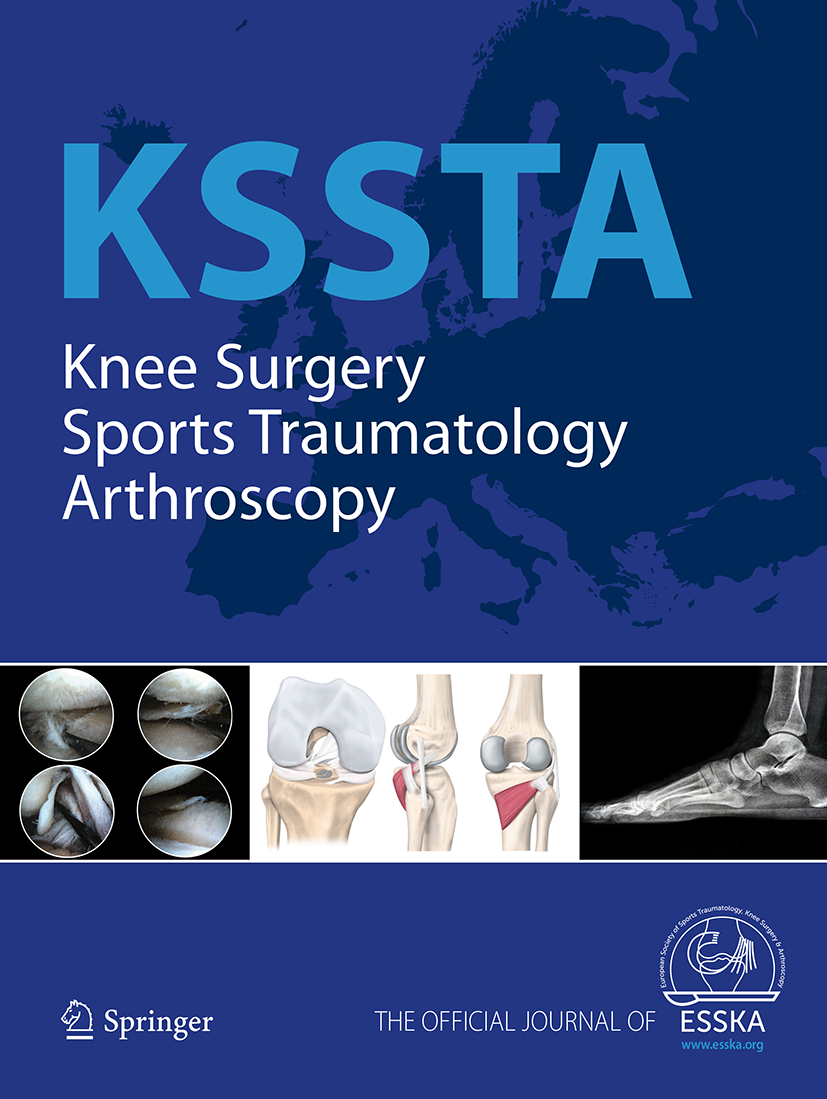
Bupivacaine and ropivacaine provide short duration pain reduction after knee arthroscopy

Bupivacaine and ropivacaine provide short duration pain reduction after knee arthroscopy
A randomised controlled trial for the effectiveness of intra-articular Ropivacaine and Bupivacaine on pain after knee arthroscopy: the DUPRA (DUtch Pain Relief after Arthroscopy)-trial
Knee Surg Sports Traumatol Arthrosc. 2012 Feb;20(2):239-44. doi: 10.1007/s00167-011-1562-5. Epub 2011 Jun 1Did you know you're eligible to earn 0.5 CME credits for reading this report? Click Here
Synopsis
282 patients scheduled for knee arthroscopy were randomized to compare the analgesic effects of two different anesthetics to a placebo. Patients received bupivacaine, ropivacaine, or NaCl (control). Results at 1 h postoperatively revealed that treatment with bupivacaine or ropivacaine led to better pain reduction when compared to the control treatment. However, no differences in pain were observed...
To view the full content, login to your account,
or start your 30-day FREE Trial today.
FREE TRIAL
LOGIN
Forgot Password?
Explore some of our unlocked ACE Reports below!

Learn about our AI Driven
High Impact Search Feature
Our AI driven High Impact metric calculates the impact an article will have by considering both the publishing journal and the content of the article itself. Built using the latest advances in natural language processing, OE High Impact predicts an article’s future number of citations better than impact factor alone.
Continue



 LOGIN
LOGIN

Join the Conversation
Please Login or Join to leave comments.